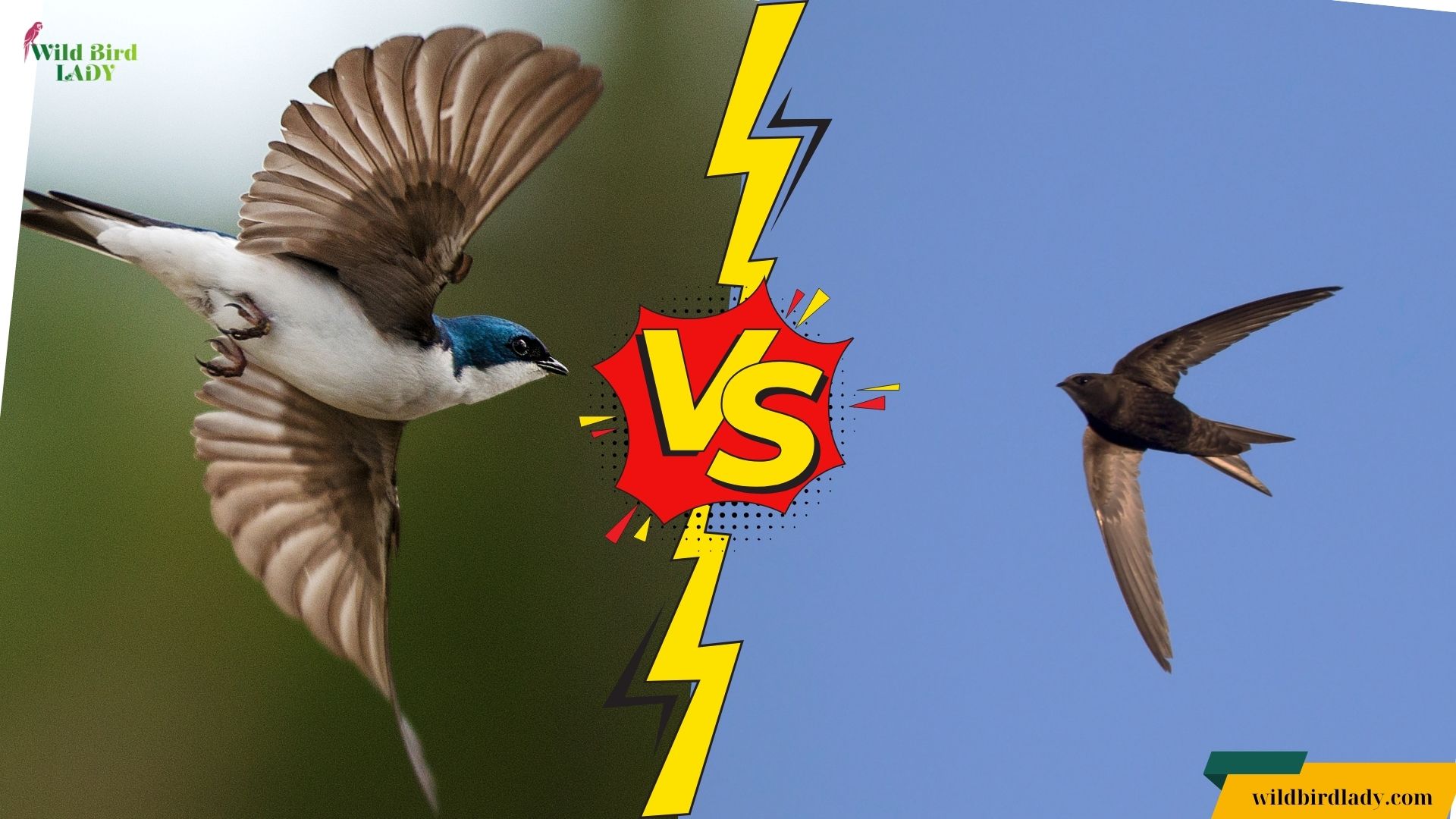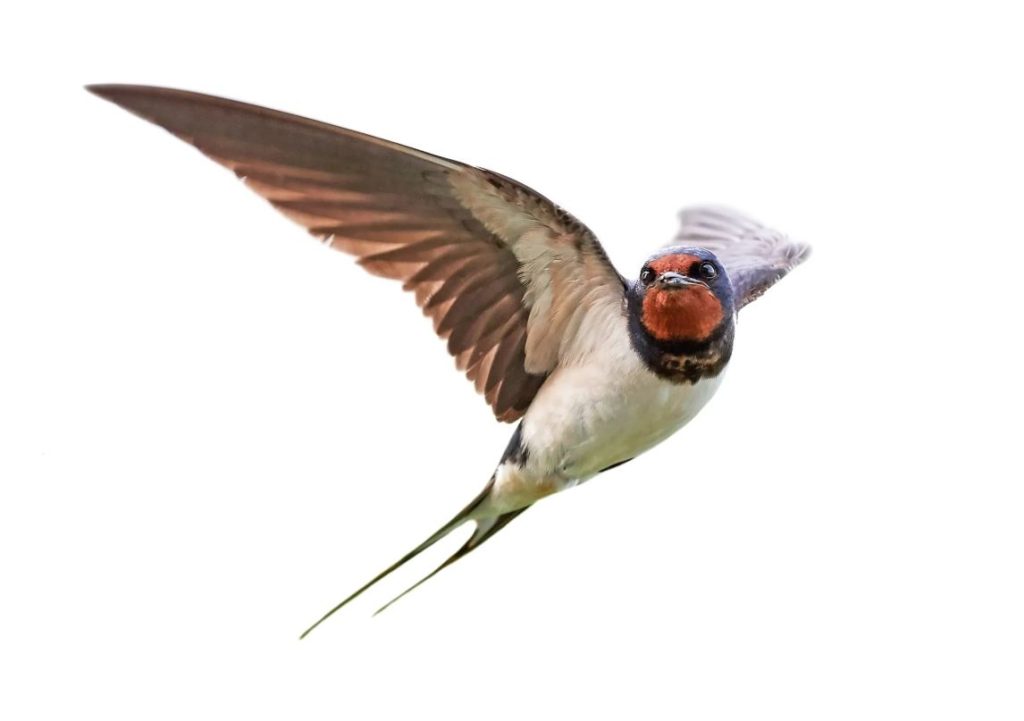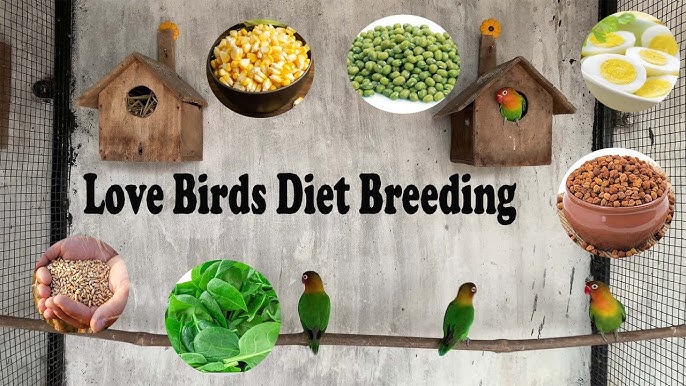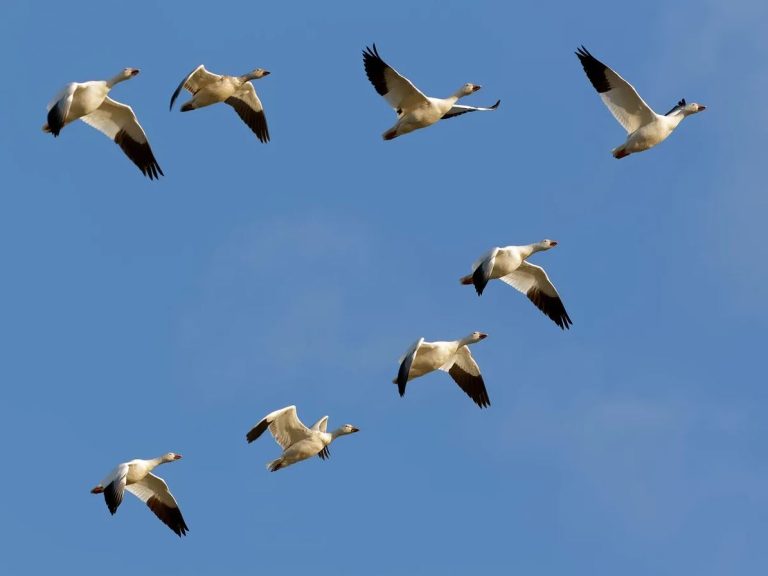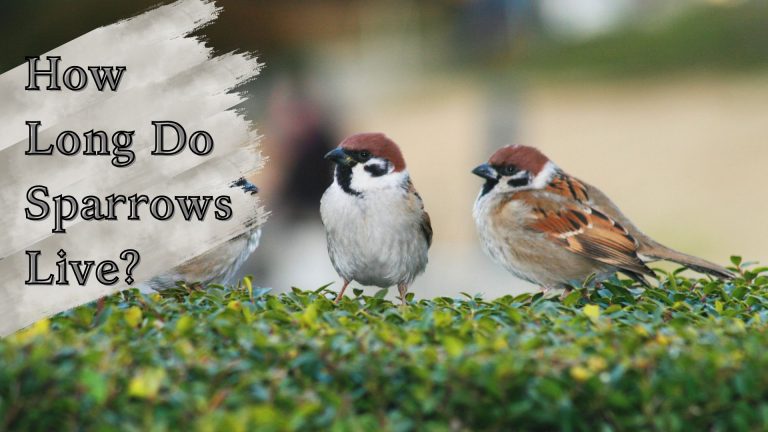Swallow vs Swift: Which Aerial Acrobat Rules the Sky?
There are few joys as simple and mesmerizing as watching birds slice through the air on a spring afternoon. Some dart and weave like jet pilots, others glide with unmatched grace. But among them, two species stand out as true aerial acrobats: the swallow and the swift.
For over a decade, I’ve followed these two remarkable birds across continents and seasons. Whether in the rice paddies of Southeast Asia or the rooftops of urban Europe, their flight patterns always command attention. And as a birdwatcher, the inevitable question arises: Swallow vs Swift—who really rules the sky?
To answer that, we’ll break down their differences in behavior, biology, and flight dynamics. By the end of this article, you’ll have a clearer picture of what makes each bird unique, and why both deserve their status as the masters of aerial living.
A Quick Introduction: Swallow and Swift Defined
Before comparing them, we need to understand that although swallows and swifts look alike, they are not closely related.
| Feature | Swallow | Swift |
|---|---|---|
| Scientific family | Hirundinidae | Apodidae |
| Appearance | Sleek body, long forked tail | Sickle-shaped wings, short forked tail |
| Closest relatives | Sparrows and martins | Hummingbirds (yes, really!) |
Despite their similar shapes and aerial habits, these birds evolved convergently—meaning they developed similar traits independently to adapt to similar ecological niches.
According to the Cornell Lab of Ornithology, this is a classic case of convergent evolution, where two unrelated species evolve alike due to similar environmental pressures.
Physical Features: Slim, Fast, and Built for the Sky
Both swallows and swifts have streamlined bodies, ideal for agile flight, but their wings and tails differ in telling ways.
🐦 Swallow Characteristics
- Long, deeply forked tails (used for maneuverability)
- Broader wings
- Perch-friendly feet
- Coloration: Often glossy blue-black backs with white or reddish underparts (e.g., Barn Swallow)
Swallows often perch on wires or branches, which they do gracefully thanks to their well-developed feet.
🕊️ Swift Characteristics
- Long, sickle-shaped wings (ideal for high-speed gliding)
- Short, stubby tails
- Tiny, weak feet (almost never perch on wires or branches)
- Coloration: Generally dark brown or black, often with a white throat patch
Swifts spend almost their entire lives in the air, even sleeping and mating while flying—a trait documented by researchers from Nature Communications in 2016, who confirmed that Common Swifts can stay airborne for up to 10 months continuously.
Flight Style: The Aerial Showdown
This is where the “Swallow vs Swift” comparison truly takes flight—pun intended.
Swallow Flight
Swallows are agile and acrobatic, with a bouncy, fluttery flight. They frequently change direction to snatch insects mid-air, often flying low over water or open fields.
- Speed: Moderate
- Style: Jerky, maneuverable
- Altitude: Low to mid-level
- Preferred habitat: Open countryside, near water or human dwellings
Their flight makes them a delight to observe, often darting and swooping just above eye level.
Swift Flight
Swifts, by contrast, are built for speed and endurance. They glide on long, narrow wings and use quick, shallow wingbeats. Swifts prefer higher altitudes, slicing through the sky in large arcs and circles.
- Speed: Very high (Common Swift up to 69 mph or 111 km/h)
- Style: Smooth, gliding with quick flicks
- Altitude: High-altitude flyers
- Preferred habitat: Urban rooftops, cliffs, towers
If swallows are ballet dancers, swifts are jet fighters—efficient, powerful, and relentless.
Nesting Behavior: Grounded Realities
Flight may be their forte, but both species must eventually land to raise the next generation.
Swallow Nesting
Swallows, especially the Barn Swallow, build mud cup nests under bridges, eaves, or cliff faces.
- Nest type: Open cup made of mud and grass
- Clutch size: 3–6 eggs
- Parental roles: Both parents share feeding duties
- Habitat: Near humans, often rural areas
They’re adaptable and not shy about nesting close to human activity.
Swift Nesting
Swifts are much more selective. The Common Swift often nests in cavities in buildings, cliffs, or old trees.
- Nest type: Minimalist; often just feathers glued with saliva
- Clutch size: 2–3 eggs
- Parental roles: Both sexes incubate and feed
- Habitat: Historic buildings, urban towers
Many swifts are now threatened due to modern architecture eliminating nesting cavities. According to the Royal Society for the Protection of Birds (RSPB), Common Swift populations in the UK have declined by over 50% since 1995, largely due to loss of nest sites.
Diet: Precision Insectivores
Both birds are insectivores, catching their prey mid-air with impressive skill.
- Swallows feed on a wide variety of flying insects—flies, beetles, wasps, and dragonflies.
- Swifts tend to forage higher in the sky and consume smaller, aerial plankton-like insects, including aphids and midges.
Swifts often forage in groups, and their diet can include hundreds of tiny insects per day. One study in the journal Ibis found that a single Common Swift can eat 20,000 insects per day during breeding season.
Migration: Epic Journeys Across Continents
Both swallows and swifts are long-distance migrants. Their routes often overlap, especially in Europe and Africa.
Swallow Migration
- Barn Swallow: Breeds across North America, Europe, and Asia
- Winters in South America, sub-Saharan Africa, or South Asia
- Known for returning to the same nest sites annually
Swallows may fly up to 7,000 miles (11,000 km) during their migrations.
Swift Migration
- Common Swift: Breeds in Europe and western Asia
- Winters in equatorial Africa
- Flies nonstop over thousands of miles without landing
A tracking study by the Swedish Museum of Natural History revealed that Common Swifts can cover over 124,000 miles (200,000 km) in a year—a testament to their sky-dwelling lifestyle.
Vocalizations: Soundtrack of the Skies
If you’ve ever looked up on a summer evening and heard high-pitched squeals overhead, chances are you’ve been listening to swifts.
- Swifts: Produce sharp, repetitive screams—often in flocks during “screaming parties”
- Swallows: Deliver cheerful, warbling songs and soft “chirr” calls
Swallow songs are more musical, while swift calls are louder and more piercing—designed for communication at altitude.
Conservation Status: Swallows vs Swifts
Both species face growing conservation challenges, particularly due to climate change, habitat loss, and changes in insect populations.
Swallow Conservation
- Relatively stable in North America
- Some European populations declining due to fewer barns and insect-rich fields
- Nesting encouraged by installing mud platforms or ledges
Swift Conservation
- Rapid declines in parts of Europe and Asia
- Highly dependent on cavity nest sites, which are disappearing
- Conservation groups recommend installing swift nest boxes in urban settings
According to the IUCN Red List, many swift species are now listed as “Near Threatened”, while most swallows remain of “Least Concern.”
Summary Table: Swallow vs Swift
| Feature | Swallow | Swift |
|---|---|---|
| Family | Hirundinidae | Apodidae |
| Flight Style | Agile, fluttery, low-level | Fast, gliding, high-altitude |
| Nesting | Mud cup nests on buildings | Inside cavities using saliva |
| Feet | Strong enough to perch | Tiny, not adapted for perching |
| Migration | Long-distance with stops | Nonstop, extreme-distance flyers |
| Vocalizations | Melodic chirps and songs | High-pitched screams |
| Conservation Concern | Moderate | High in some regions |
Final Verdict: Who Rules the Sky?
So, Swallow vs Swift—who wins?
If we’re measuring agility, elegance, and accessibility, swallows might take the crown. They’re easier to observe, more colorful, and build their lives around us.
But if we’re judging by endurance, aerial mastery, and evolutionary marvel, swifts are in a league of their own. They are true sky-dwellers—living, eating, mating, and sometimes even sleeping on the wing.
In the end, it’s not about which bird is “better.” It’s about appreciating the extraordinary adaptations each has evolved for life in the air. Both are reminders of nature’s ingenuity, and both deserve our awe—and our protection.
FAQs
Q1: Are swifts and swallows the same bird?
A: No. Though they look similar, swifts (family Apodidae) and swallows (family Hirundinidae) are not closely related. Their resemblance is due to convergent evolution.
Q2: Which is faster, a swallow or a swift?
A: Swifts are generally faster. The Common Swift can reach speeds up to 69 mph (111 km/h), making it one of the fastest birds in level flight.
Q3: Do swifts ever land?
A: Rarely. Swifts can spend up to 10 months in continuous flight, eating, drinking, and even sleeping on the wing. They only land to nest.
Q4: Where do swallows and swifts build their nests?
A: Swallows use mud to create open cup nests on buildings or ledges. Swifts nest inside small cavities in cliffs, towers, or buildings, using saliva to glue materials.
Q5: Are swifts endangered?
A: Some swift species are declining, especially in Europe, due to habitat loss and reduced nesting sites. Conservation efforts are underway to protect urban nesting spaces.
Q6: Can I attract swallows or swifts to my yard?
A: You can install nesting shelves for swallows or special swift nest boxes under eaves. Providing insect-friendly landscaping also helps.

